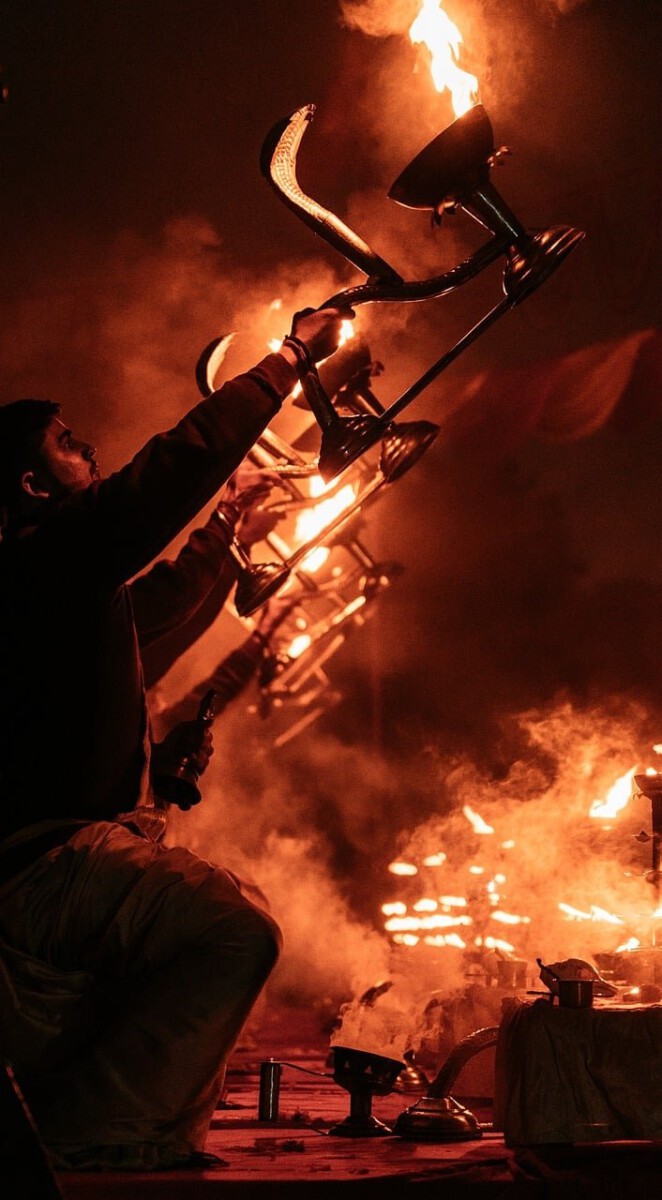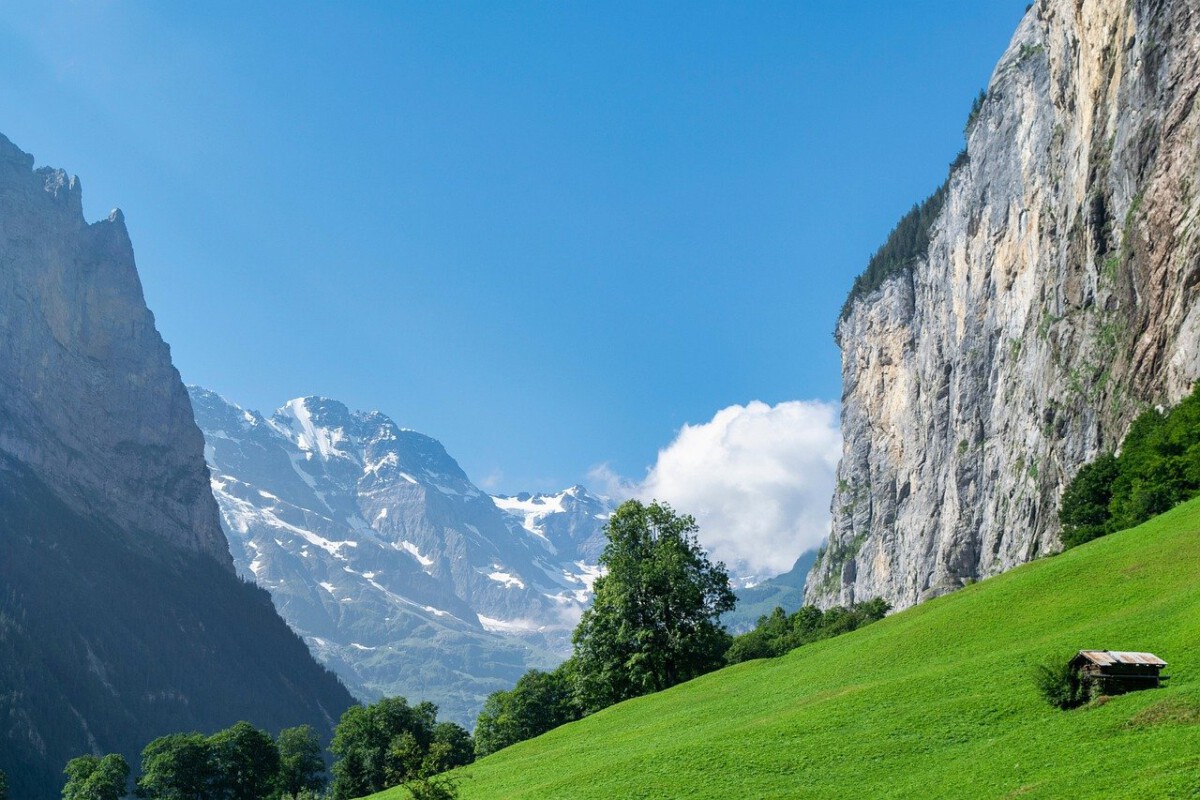The Ghats: Life and Death Along the Ganges
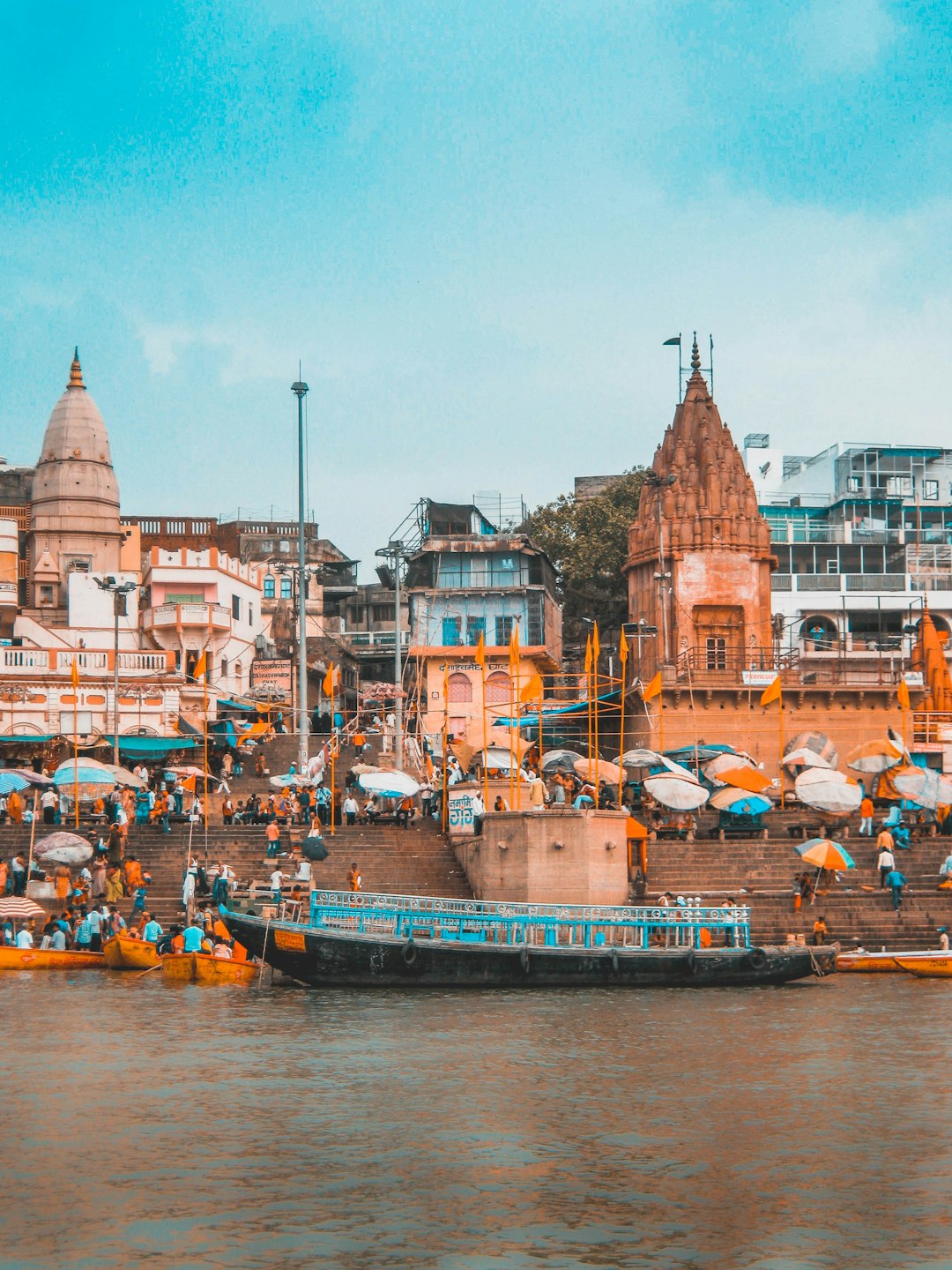
Varanasi is home to more than 80 ghats lining the banks of the Ganges River, each with its own rituals and history. The most famous, Manikarnika Ghat, is often called the “burning ghat” and sees over 300 cremations daily, according to the Varanasi Municipal Corporation’s 2024 report. The perpetual fires here symbolize the Hindu belief in moksha—liberation from the cycle of rebirth. Locals and pilgrims alike gather to witness last rites, with the air thick with incense and the scent of sandalwood. Tourists are often struck by the raw intimacy of these ceremonies, which are performed in public, day and night. Some families travel hundreds of miles to cremate loved ones here, believing it ensures salvation. Recent government clean-up initiatives have aimed to modernize the ghats, but the ancient rituals remain unchanged.
Holy Water: Ritual Bathing and Pollution Crisis
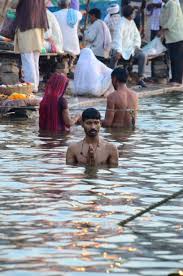
Each day, thousands immerse themselves in the Ganges, convinced the river’s water will wash away their sins. Data from the National Mission for Clean Ganga (2024) reveals that over 60,000 people take ritual baths on peak festival days. However, water quality tests conducted in March 2025 showed E. coli levels nearly 40 times above safe limits, sparking concerns about waterborne diseases. Despite warnings, faith outweighs fear for most bathers. The government invested over $400 million in the past three years to improve sewage treatment, but environmental NGOs like Sankat Mochan Foundation argue that progress is slow. In April 2025, a new water purification project launched, targeting a 30% reduction in river contamination by year’s end.
Death Hotels: Waiting for the End

Unique to Varanasi are the so-called “death hotels,” where terminally ill Hindus check in, hoping to die in the holy city. The most renowned, Kashi Labh Mukti Bhawan, has just 12 rooms but a waiting list that stretches for months, according to its 2024 annual report. Residents are given a maximum of 15 days to attain their final moments in peace, with priests available around the clock. In 2023, the Bhawan hosted 3,200 guests, with 80% passing away during their stay. This phenomenon is rooted in the belief that dying in Varanasi grants instant moksha. Critics say the demand for these hotels has led to an underground economy, with some families paying bribes for a room. Local authorities have begun stricter regulation since January 2025 to curb exploitation.
Morning Aarti: Spiritual Spectacle at Dawn
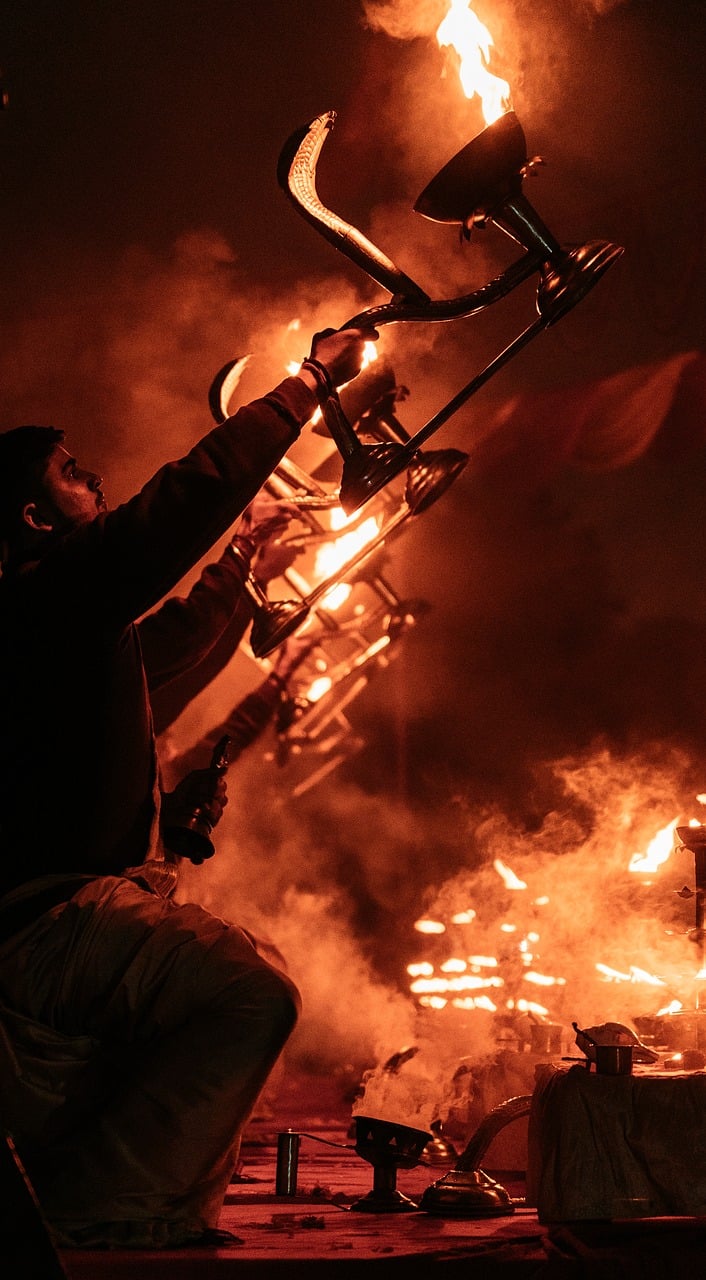
Every sunrise, the Dashashwamedh Ghat transforms into a stage for the Ganga Aarti, an elaborate ritual involving synchronized chants, fire, and music. City tourism officials recorded that an average of 2,500 people gather daily for the ceremony, with numbers doubling during festivals like Dev Deepawali. The ritual is led by a team of Brahmin priests, whose performance is both devotional and theatrical. Since late 2023, the event has drawn more international visitors, partly due to viral social media videos. To manage the swelling crowds, the city installed new barricades and surveillance cameras in March 2025. Despite modernization, the ceremony remains a deeply emotional experience, drawing tears and awe from participants.
Sadhus and Ascetics: Urban Mystics of Varanasi
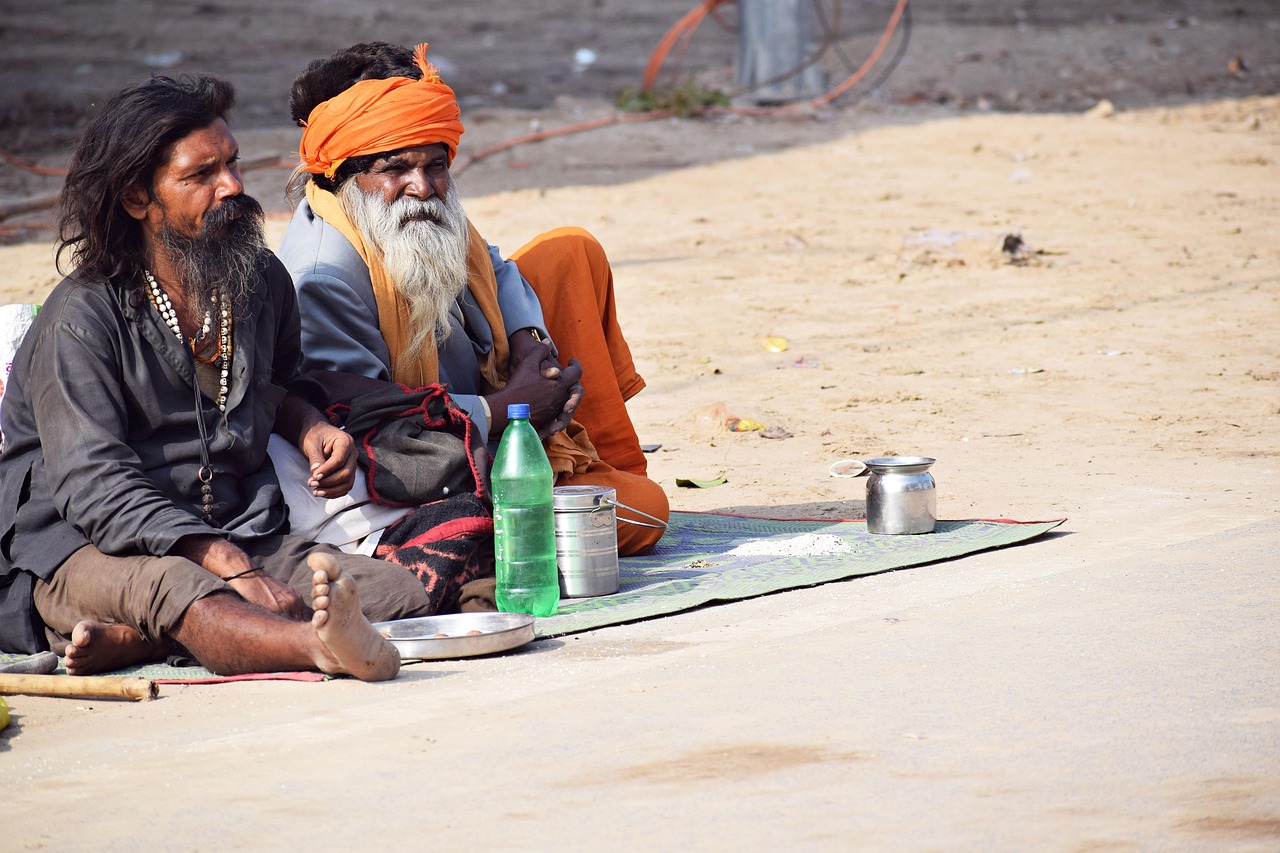
Varanasi’s streets teem with sadhus—Hindu holy men identifiable by their ochre robes, ash-covered bodies, and matted hair. According to the 2024 Census of Religious Practitioners, over 5,000 sadhus reside in and around the city. Many follow extreme paths of renunciation, surviving on alms and practicing meditation on the ghats. Some, like the Aghori sect, are infamous for their unorthodox rituals, including meditating among cremation fires and using human ashes. The city government recently launched outreach programs to provide healthcare and shelter for elderly sadhus, citing a 2023 study showing 30% suffer from untreated chronic illnesses. Despite their ascetic lifestyle, many sadhus are surprisingly media-savvy, using smartphones to communicate with followers worldwide.
The Labyrinthine Old City: Chaos, Commerce, and Community
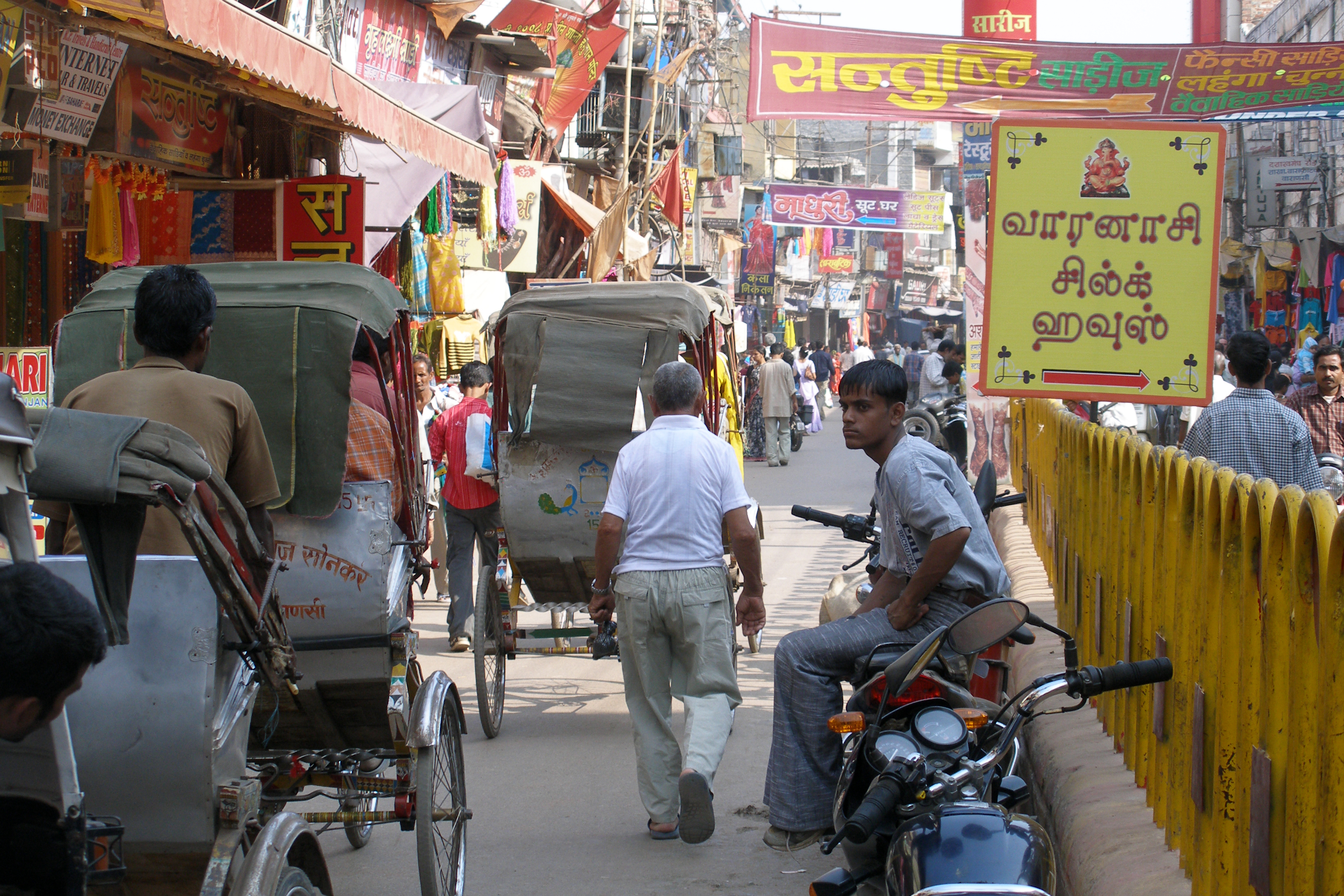
Varanasi’s old city is a maze of narrow alleys, some barely wide enough for a single person to pass. According to the Varanasi Urban Development Authority, there are over 1,500 lanes crisscrossing just 5 square kilometers. These busy corridors are filled with shops selling silk saris, brass idols, and street food like kachoris and jalebis. Merchants report that foot traffic has rebounded to pre-pandemic levels, with the Chamber of Commerce noting a 12% increase in small business revenue in the first quarter of 2025. Despite frequent power outages and water shortages, the community spirit is strong—neighbors routinely share resources and celebrate festivals together. The old city’s resilience was tested during the 2023 monsoon floods, but local volunteer groups helped restore normalcy within weeks.
Temples and Faith: The Beating Heart of Varanasi
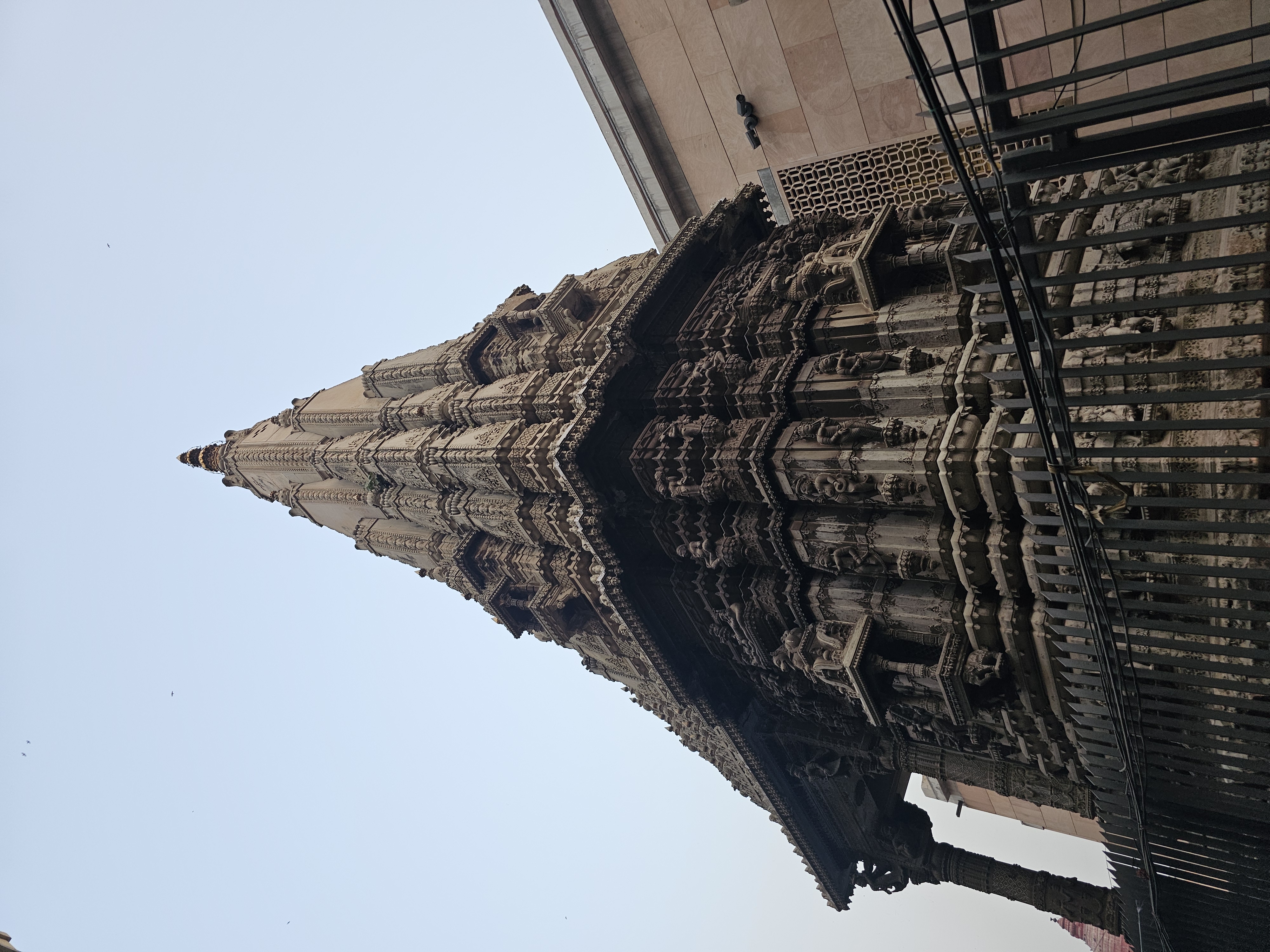
Home to over 2,000 temples, Varanasi is often called the “City of Temples.” The Kashi Vishwanath Temple, dedicated to Lord Shiva, attracts around 6 million pilgrims annually, as reported by the Uttar Pradesh Tourism Board in 2024. Security measures were heightened following threats in late 2023, with advanced scanners and police patrols now a constant presence. Temple donations hit a record high in 2024, exceeding $8 million, reflecting both growing devotion and tourism. Many worshippers queue for hours to glimpse the inner sanctum, believing a single darshan (viewing) can change their destiny. Renovations completed in February 2025 expanded the temple plaza, making it more accessible to the elderly and disabled. The city’s religious calendar is packed with rituals, drawing crowds that swell the city’s population by nearly 20% during peak periods.
Music and Arts: Varanasi’s Living Traditions

Varanasi is a cradle of Indian classical music and dance, producing legends like sitar maestro Ravi Shankar. The Benares Gharana remains influential, with the 2025 International Music Festival drawing over 10,000 attendees from around the world. Local music schools report a 30% uptick in enrollment this year, reflecting renewed interest among youth. The city’s evening concerts are often held on rooftops or by the ghats, where the strains of tabla and sarangi mingle with the sounds of daily life. In April 2025, the government announced new grants for traditional artisans, aiming to preserve crafts like silk weaving and wood carving. The city’s art galleries, such as the Bharat Kala Bhavan, recorded a 15% rise in visitors, showcasing the region’s vibrant visual arts scene.
Food and Street Life: Flavors of the Eternal City
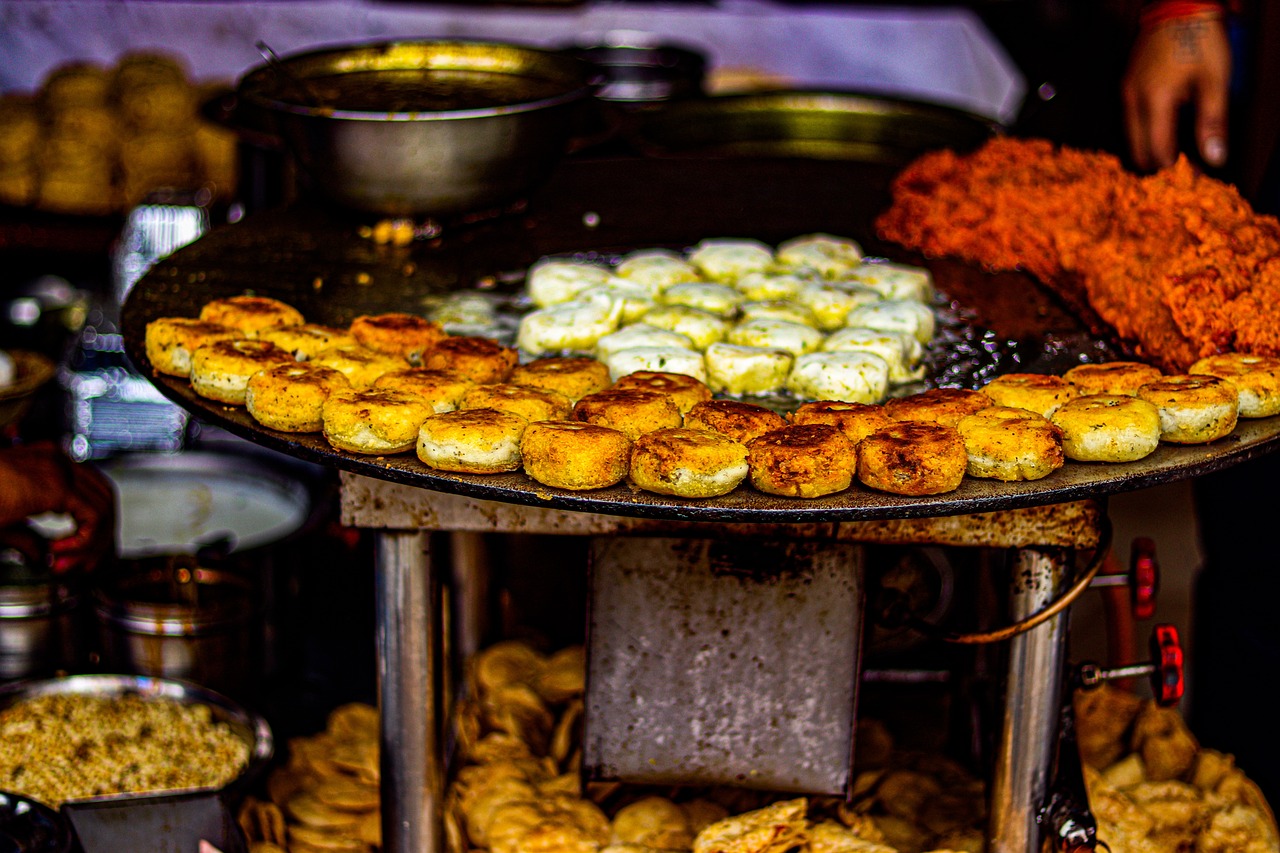
Varanasi’s cuisine is a fusion of tradition and innovation, with street vendors serving everything from spicy chaat to creamy lassi. According to a 2024 survey by the Food Safety Department, there are over 3,000 registered food stalls within city limits. Hygiene standards have improved after the introduction of new regulations in late 2023, reducing reported foodborne illnesses by 18% in 2024. The markets are busiest during breakfast and evening hours, when locals and tourists alike gather for samosas and thandai. Recent months have seen a surge in vegan and gluten-free offerings, catering to changing dietary preferences. Despite modernization, many recipes are centuries old, passed down through families. The city’s food culture is as much about community as taste, with shared meals a daily ritual.
Modernization and Preservation: A City at the Crossroads

Varanasi is undergoing rapid transformation, fueled by major investments in infrastructure and tourism. The Smart City project, launched by the Indian government, allocated over $1 billion in 2024 for road upgrades, Wi-Fi zones, and sustainable public transport. A new airport terminal, opened in January 2025, increased passenger capacity by 40%, according to the Airports Authority of India. However, these developments have sparked debate among conservationists, who worry about the impact on heritage sites. The UNESCO World Heritage Committee placed Varanasi on its 2025 watchlist, urging stricter building codes to protect ancient architecture. The challenge remains: how to balance the demands of a growing population—now estimated at 1.6 million—with the city’s timeless spirit and sacred traditions.

